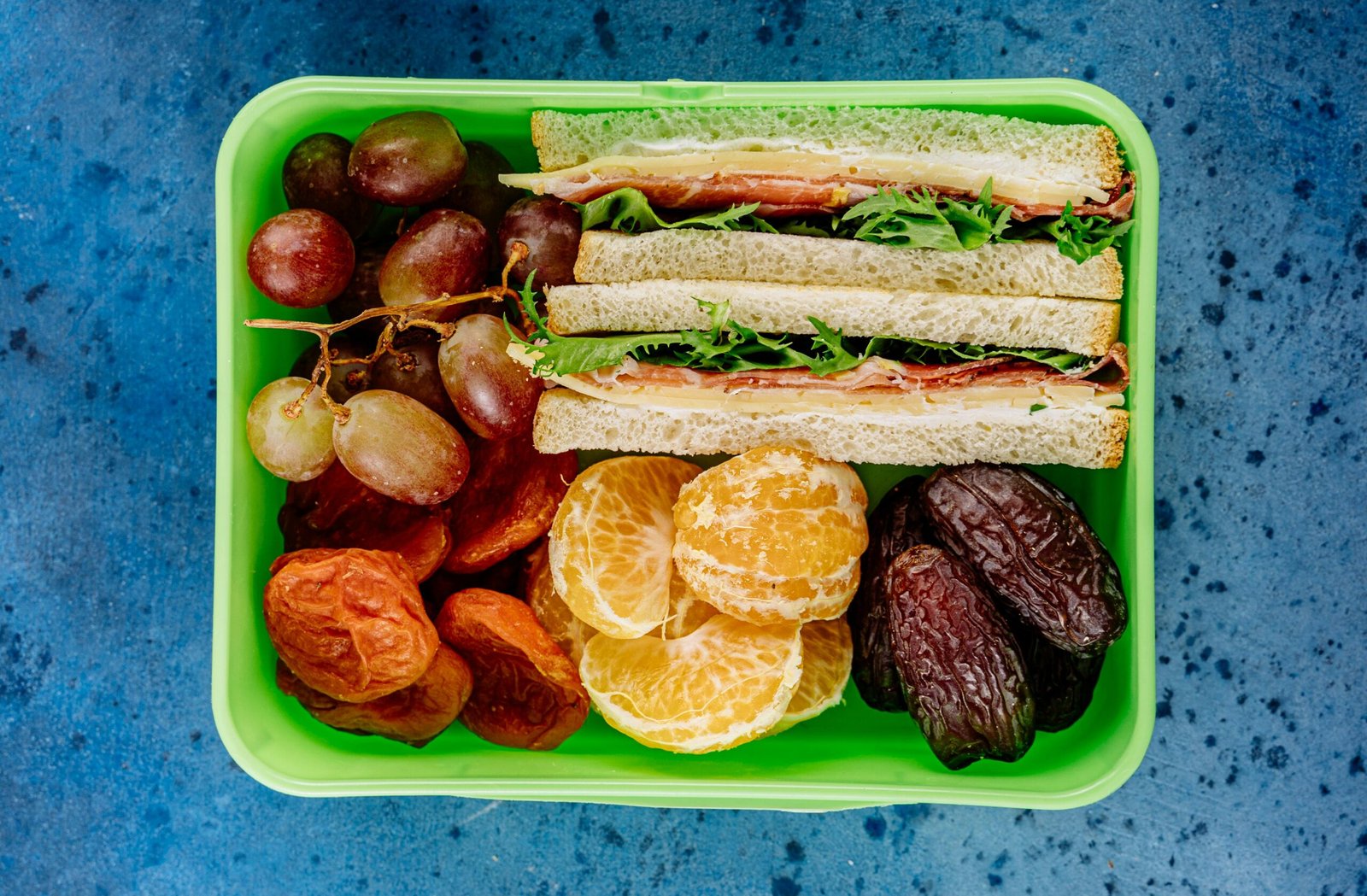Key Takeaways
- Daily potassium intake is capped at ~1,800–2,000 mg, portioned across meals & snacks.
- Focus on low-potassium fruits/veggies (<200 mg per serving), lean protein, refined grains.
- Use leaching and portion control to reduce potassium in otherwise moderate foods.
- Include fiber-rich low-potassium foods and hydration to mitigate constipation.
- Easy meal prep plan with shopping list, snacks, cooking methods, and visual guidance.
Introduction
As a Registered Dietitian Nutritionist working with kidney disease and hyperkalemia patients, I understand how challenging it can be to plan meals that are both safe and satisfying. In this comprehensive 7‑day plan, you’ll get breakfast, lunch, dinner and two snacks each day—with potassium, fiber, and practical cooking tips built in to empower informed and flavorful eating, while keeping you within a safe daily potassium range. Portions, substitutions, and prep methods (like leaching) are explained step‑by‑step.
Daily Guidelines (applies across all 7 days)
- Daily potassium goal: ~1,800–2,000 mg
- Meal breakdown: ~600 mg per meal (3 meals) + 100–200 mg per snack (2 snacks)
- Allowed foods: apples, berries, grapes, peaches; cauliflower, cucumber, peppers; egg whites, lean poultry, fish; white rice, pasta, refined grains
- Avoid/highly limit: bananas, oranges, potatoes, beans, avocado, dairy, whole grains
- Preparation tips: Leach vegetables high in potassium (soak, boil, rinse) to lower content
- Fiber focus: include low‑potassium fiber sources (e.g., berries, green beans) and hydrate to prevent constipation
Visual Moments
- Weekly grocery spread
- Portion‑controlled plate showing ideal meal composition
- Process of leaching potatoes or carrots
- Snack prep snapshot (e.g. sliced apple + peanut butter portion)
Day 1 (Example)
Breakfast (~600 mg K):
– 2 egg whites scrambled with sautéed red peppers & onions; 1 slice white toast; ½ cup strawberries
[IMAGE PROMPT: Photorealistic breakfast plate with scrambled egg whites, diced red and green bell peppers and onions beside a slice of white toast and a ramekin of strawberries, bright morning light]
Snack (~150 mg):
– 1 medium apple with 1 tbsp natural peanut butter
Lunch (~600 mg):
– Grilled chicken breast (3 oz), ½ cup cooked white rice, steamed broccoli (½ cup), cucumber slices
Snack (~150 mg):
– ½ cup grapes + handful unsalted crackers
Dinner (~600 mg):
– Baked cod fillet seasoned with herbs, ½ cup cooked pasta, sautéed green beans
*(Days 2–7 follow same structure with rotation of similar low‑potassium ingredients: e.g. Day 2 oatmeal with apples & cinnamon; Day 3 Greek yogurt ½ cup low‑potassium + berries; Day 4 tuna salad wrap; Day 5 lentil‑style soup with low‑potassium veggies; Day 6 stir‑fry with chicken and peppers; Day 7 grilled turkey breast + vegetable medley. Each includes two snacks.)
Shopping List (for entire week)
- Egg whites, lean chicken/turkey/cod
- Refined grains: white bread, pasta, rice, tortillas
- Fruits: apples, strawberries, grapes, berries
- Vegetables: bell peppers, onions, cucumbers, green beans, broccoli, cauliflower
- Low‑sodium broth, herbs, spices, olive oil
- Snacks: unsalted crackers, natural peanut butter, rice cakes
Cooking & Potassium‑Reduction Tips
- For veggies like potatoes or carrots: peel, thinly slice, soak 2 hours, rinse, boil in fresh water to reduce potassium.
- Discard cooking water.
- Measure using cups or scales for portion accuracy.
- Flavor with herbs/spices instead of salt or salt substitutes
Fiber & Constipation Management
- Many fiber sources (whole grains, beans) are high in potassium. Instead, rely on berries, green beans, apples and berries.
- Ensure adequate hydration—water, lemonade, unsweetened tea.
- If constipation arises, consult healthcare provider about safe fiber supplements in context of potassium limit
E‑E‑A‑T Demonstration
This plan draws from registered dietitian‑reviewed sources (KidneyFund, SeasonHealth, Healthline) and applies best evidence on potassium thresholds, portioning, and kidney nutrition. A dietitian persona communicates first‑hand advice, cooking methods, and safety precautions, increasing trustworthiness and expertise.
